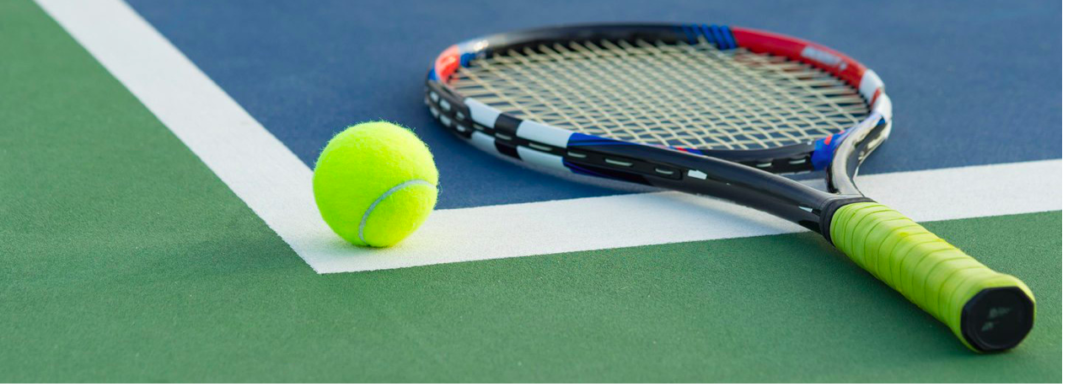For everyone who is actively involved with one of the most elite sports in the world – we are, of course, talking about tennis – the scoring system may not sound so peculiar or so bizarre, especially as they have been most likely so much exposed to it that they don’t see anything wrong with it.
But the truth for the rest of us is that the scoring system is incoherent, inconsistent and above all strange!
For all of us, who love to watch tennis, who enthusiastically bet on tennis on bookmakers in Portugal or who may even be die-hard fans of the sport, the scoring system that goes like this: 0, 15, 30, 40 and Game, seems to be rather odd while for some of us it doesn’t even make any sense.
Why is it that to win a game, a tennis player must go through 0, 15, 30, 40, instead of the more sensible 0, 15, 30, 45? Why is there a 40 instead of a 45, that would definitely make much more sense and wouldn’t look too weird?
Well, this is something that has been bothering tennis fans- such as other things bother football fans or other sports fans- for some time now and the answer is far from being straight forward or crystal clear.
The tennis scoring system dates back to the Middle Ages, where supposedly the score was kept on two clock faces. So, using a clock as a scoreboard, everytime a tennis player scored a point, the score was moving up a quarter (from 0 to 15, to 30, to 45 and then to 60, which signaled that a game had been won).
There is a considerable portion of people who believe that someway down the road, the 45 turned to 40 just like many words have changed along the history. It was easier to say “forty” than to say “forty five” and so this came to be known as the official point in the scoring system in tennis!
But who is actually persuaded by a theory that explains the oddness of 40 instead of 45 on the basis of the assumption that 45 was more difficult to say or that it took longer to say than plain 40?
Let’s go back to the Middle Ages and the clock scoreboard. Assuming that the scoring system was using the quarters of the clock, the points did go like this: 0, 15, 30, 45 and 60.
So, when a player was in his 3rd point, another point would make him win. But then, we need to consider that in tennis a game is won by two clear points. This means that if a player is in his 3rd point, he needs to take one point to win the game, unless his opponent is also in his 3rd point (which is the deuce) which means that each of the two will need two consecutive points to win.
This can’t really work on a clockboard, where one more point after the 3rd would go directly to 60!
Let’s make things more clear.
To support the two points clear system in tennis games, deuce and advantage were introduced. When the two players have both scored their 3rd points, then the 45 would not work in the clock, because the extra point would go directly to 60, which would show a win.
To accommodate the two points clear rule, there had to be something lower than 45 so as to give extra ‘room’ to the advantage before it hits 60! And this is pretty much how the 40 got stuck with the scoring system at tennis!
Pretty brilliant uh? Now it does not seem that odd or that weird. Instead it seems like a very clever thing to do to make sure that the two points clear required for a game to be won, would fit to the traditional scoring system.
Well, this is the only explanation that makes sense and the only one that seems to be reasonably justifying why 45 was changed to 40.





























































